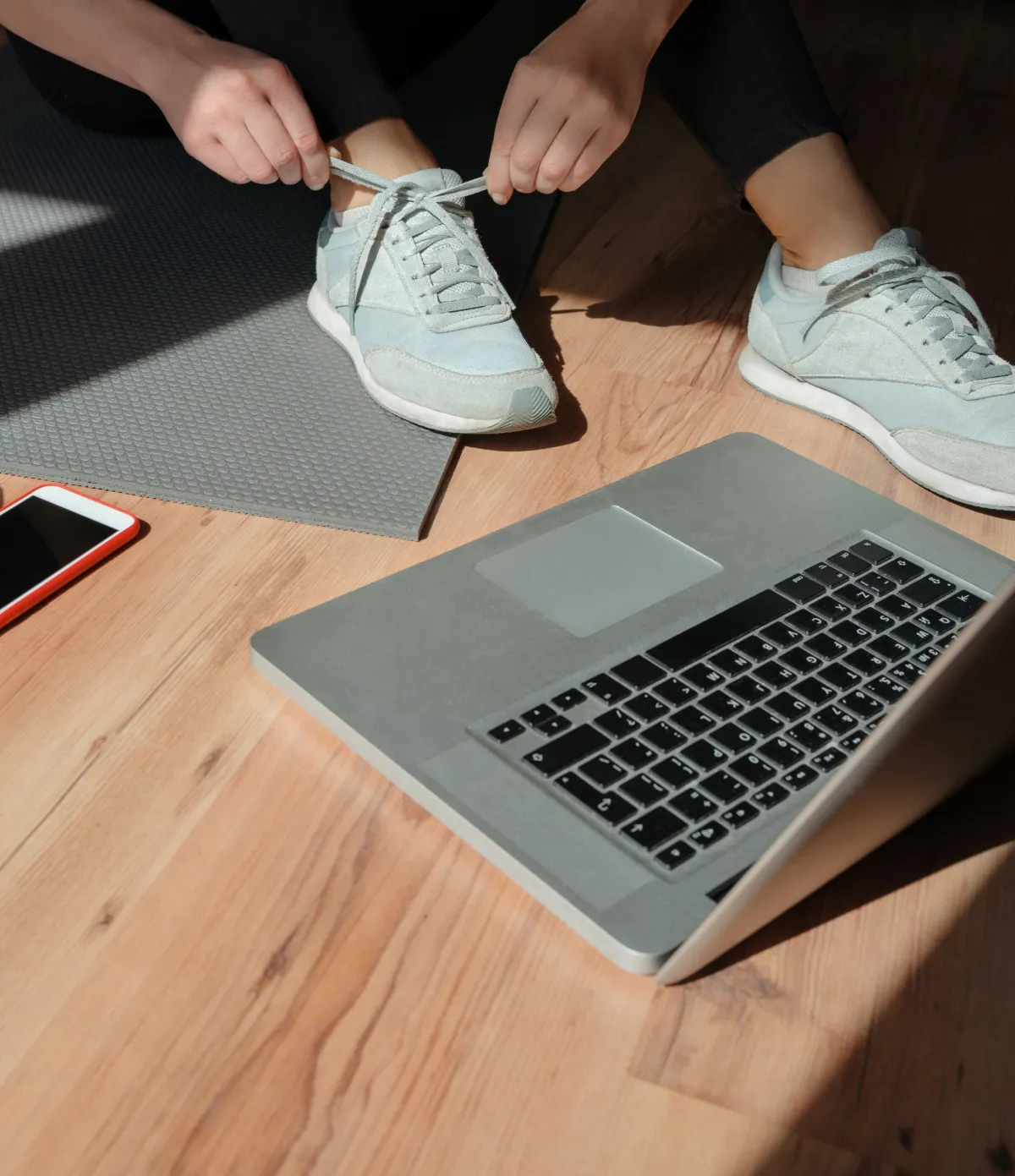
Creating an Inclusive Fitness Environment at Home
Introduction: The Foundation of Fitness Success
We often think of fitness in terms of exercises, reps, and routines. But for neurodiverse individuals, the success of any physical activity has very little to do with the "what" and everything to do with the "where" and the "how."
The environment—both physical and emotional—is the foundation upon which all progress is built. An environment that feels chaotic, judgmental, or overwhelming can shut down any chance of success before the first exercise even begins. Conversely, a space that feels safe, supportive, and predictable can unlock a world of confidence and ability.
Creating an inclusive fitness environment at home isn't about building a fancy gym. It's about being intentional with your space, your tools, and your words. This guide will give you practical tips to transform any corner of your home into a sanctuary for movement and growth.
Pillar 1: The Physical Space - Taming the Sensory World
For many neurodiverse individuals, sensory input that others might ignore can be incredibly distracting or distressing. Your first job is to create a space that feels calm and predictable.
Control the Lighting: Harsh, fluorescent overhead lights can be a major source of sensory strain. Whenever possible, opt for softer, more natural light from a window. If that's not an option, use a lamp with a warm-toned bulb to create a calmer atmosphere.
Manage the Sound: A blaring TV, a running dishwasher, or siblings playing loudly in the next room can make focus impossible. Try to schedule "movement time" during a quieter part of the day. You can also experiment with playing soft, instrumental music or even using noise-reducing headphones if sound is a particular challenge.
Declutter and Define the Space: You don't need a lot of room, but the room you have should be clear. Remove any unnecessary clutter like toys, shoes, or stacks of mail from your designated workout area. Laying down a specific yoga mat or a colourful rug can create a clear visual boundary that signals, "This is our special space for movement."
Pillar 2: The Equipment - Tools for Success, Not Stress
Fitness equipment can be intimidating. The goal is to use tools that are inviting, adaptable, and sensory-friendly.
Start with What You Have: The best equipment is often not "gym" equipment at all. Pillows, cushions, rolled-up towels, and even paper plates (for sliding exercises) are fantastic, non-intimidating tools to start with.
Consider the Texture and Weight: When you do introduce equipment, think about how it feels. Fabric resistance bands are often more comfortable on the skin than latex ones. A soft medicine ball or a squishy beanbag can be more appealing than a hard, cold dumbbell.
Make it Visual and Fun: Use colourful tape on the floor to mark spots for hands and feet during an exercise. Put fun stickers on weights to make them more engaging. The more the equipment feels like a part of a game, the more likely it is to be used.
Pillar 3: The Emotional Atmosphere - Your Most Powerful Tool
This is the most important pillar. The way you communicate and interact during fitness activities will determine whether it becomes a source of joy or a source of conflict.
Use Invitational Language: Shift your language from commands to invitations. Instead of saying, "You need to do 5 squats," try, "Let's see if we can do 5 squats together." This simple change turns a demand into a shared challenge.
Offer Structured Choices: A sense of control is incredibly empowering. Offer simple, structured choices to give the individual agency. For example: "It's time for our movement break. Should we start with the bear crawls or the target toss today?"
Praise the Effort, Not the Perfection: The goal is participation and effort, not flawless technique. Celebrate the act of trying. Acknowledge their focus, their determination, and their willingness to show up. A high-five for a wobbly but completed balance attempt is more valuable than criticism.
Be a Partner, Not a Director: Get on the floor and do the activities with them. When you model the movements and share in the effort, you create a powerful sense of teamwork and connection. You're not just telling them what to do; you're on the journey together.
Your Next Step: A Checklist for Success
Creating an inclusive environment is an ongoing process of learning and adapting. By focusing on these three pillars—the physical space, the equipment, and the emotional atmosphere—you are building a foundation for a positive and lasting relationship with fitness.
If you want to dive deeper and get a complete, step-by-step guide to setting up your space for success, we've created the perfect tool for you.
Our "Adaptive Strength & Wellbeing Program" includes an exclusive bonus: the "Sensory Considerations Checklist." This practical, printable guide walks you through every aspect of creating a sensory-friendly environment, taking all the guesswork out of the process. It's the perfect companion to ensure you're setting your family up for success from day one.

